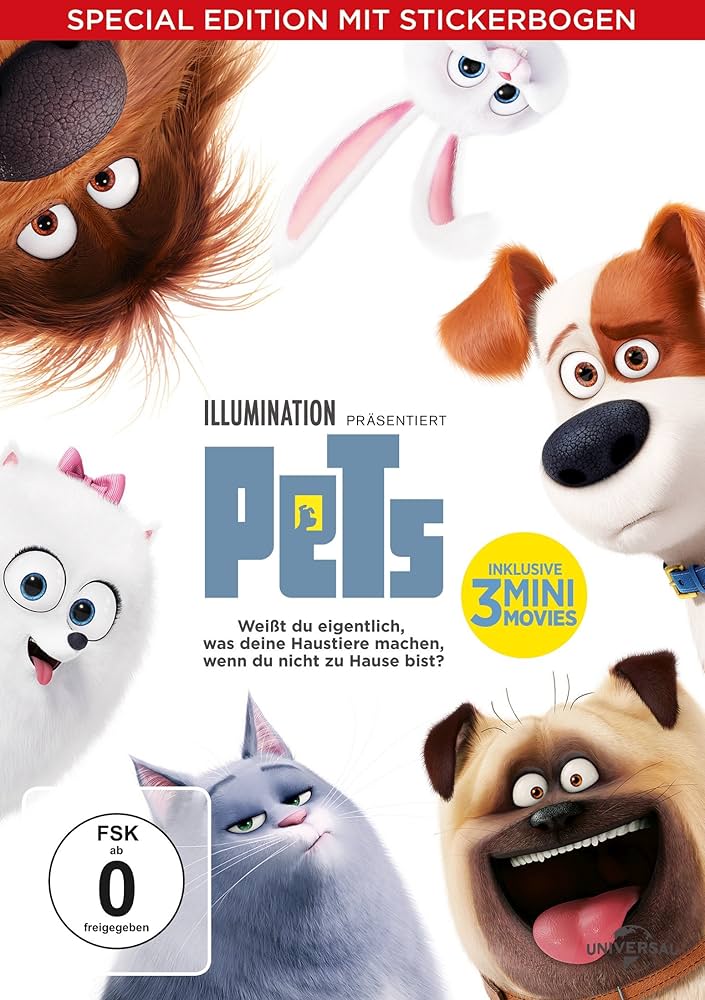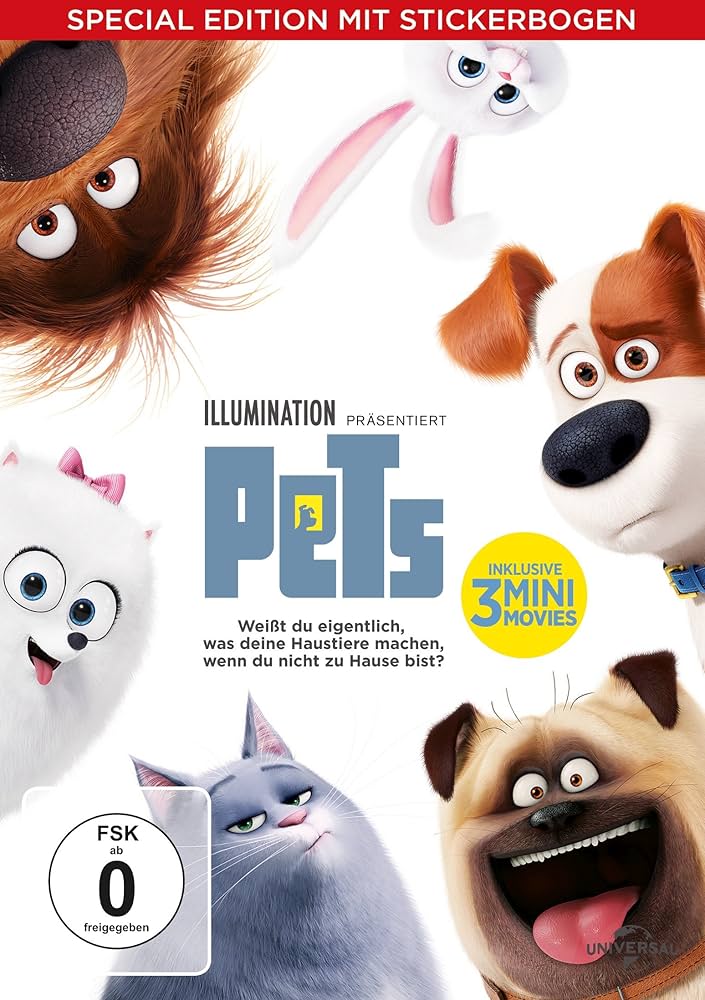
A typical workday for Mark Wardle might involve taking cats to glamorous Hollywood film locations or upscale photo sessions for magazines. As an “animal talent booker and fur whisperer” (a title that instantly makes me reconsider my own career choices), Wardle oversees around 60 pets, predominantly cats, at the pet influencer agency Urban Paws.
His role is not particularly rare. Both in the UK and elsewhere, pet influencer agencies – including one that focuses specifically on cats, Feline Stars – are increasingly emerging. The rationale, according to Wardle, is straightforward: many of these pets now boast “greater reach and followers” than their human equivalents, and possess enough influence to score prime-time TV appearances. After all, this is a sector benefiting from a global pet economy anticipated to exceed $500bn by 2030.
The most recognizable cat influencer is Nala, who achieved fame due to her extreme cuteness and crossed eyes. In 2020, she established a Guinness World Record for being the cat with the highest number of Instagram followers, currently 4.4 million, and has since launched her own premium cat food brand, Love, Nala. Other notable figures include Don’t Stop Meowing with 2.8 million followers and Venus the Two Face Cat with 2.2 million.
These impressive followings are also converting into tangible financial rewards. Wardle mentions that pet influencers boasting over 200,000 followers can rake in between £2,000 and £3,000 per post and about £10,000 for a campaign, which consists of three to four pieces of content. Those with millions of followers can command “tens of thousands”, starting at £15,000. Surprisingly, he notes, more individuals than one might think have ditched their regular jobs to focus on their cats’ careers, with an estimate of needing around 200,000 followers to make the switch.
Honestly, Wardle hooked me with the £2,000 per post. Looking at the family cat, Olly, I no longer viewed him as just a pet, but rather as my initial big investment. Surely it can’t be that hard to make him a social media sensation? I begin formulating a strategy to transform him into the next Nala, using insights from the pros. Seven days appears doable during this golden era of viral content. Hopefully, at least one of us will secure a retirement fund from this endeavor.
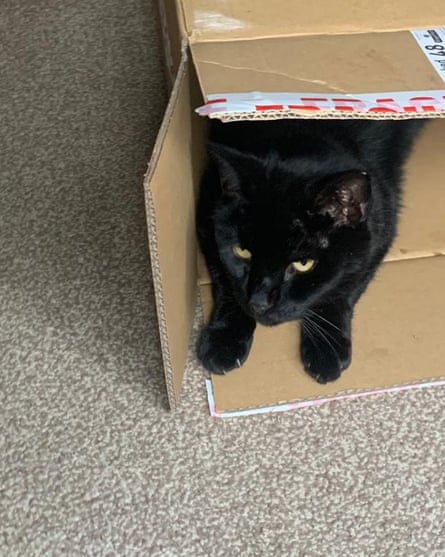
To boost Olly’s chances of becoming a cat influencer, I consult Niki, who manages the Instagram account Lady Lola and her Boys (336,000 followers), chronicling the lives of her 20-year-old cat, Lola, along with her two adopted siblings, Teddy and George. She started posting in early 2024 for a more noble purpose than mine: to find a creative outlet apart from her demanding corporate career.
One of Niki’s initial posts – asking social media users to follow Lola, then 18 years old, instead of irresistibly cute kittens – gained 10,000 followers overnight. Since then, Niki has expanded her cats’ audience on Instagram by concentrating solely on “gentle” content showcasing them sleeping, playing with catnip, and being groomed. A brief, simple clip of Lola enjoying the sun in the garden, intended to provide a boost of happiness for those having a “bad day”, garnered over 83,000 likes.
Niki reassures me that it is feasible to work part-time as a cat influencer. She films and edits during her free time, “I can create content very swiftly.” While she has increased her earnings through brand partnerships, on TikTok, where she has 22,900 followers, she makes “mere pennies”, with Instagram offering no compensation for creators in the UK.
Nevertheless, I’d be thrilled to land a brand deal for Olly, so I heed Niki’s counsel. However, I do encounter some serious limitations: Olly, as my mother describes him, is “indolent and not photogenic”.
Niki, though, disputes Olly’s shortcomings and instead presents three key selling points: he’s a black, senior, and rescue cat. She asserts that if I fully embrace his “branding,” my ambitious goal of transforming him into a cat influencer within just seven days isn’t as unrealistic as it appears.
Day one
Niki advises filming cats in their natural environments, and for Olly, this means an Amazon box. Not exactly a recipe for internet fame, one might think? However, Niki insists that her following was built on content that is “not flashy, not glamorous, and not silly,” which fits me perfectly.
I opt to try a trend, believing it could shortcut the process. Recently, videos featuring cats being transported to Ace Hood’s Bugatti have been amassing millions of views. One feline star, My Name is Kurama, achieved 2.2m views and over 115,000 likes for her rendition of the trend: being transported in a box while wearing a wide-brimmed sunhat. Thus, I recreate the same video with Olly, excluding the sunhat.
The outcome is disappointing. Perhaps a few hundred sympathy views at most. It could be the absence of a sunhat, or, as Niki suspects, following a trend might not be the best approach. Of her 400-plus posts, she estimates that only five were trend-driven.
Day two
Will defining a distinct niche aid Olly’s prospects? Wardle believes it will. “There are fashionable cats, beauty cats, and food cats, along with general lifestyle and travel cats,” he informs me. Motivated, I devise a plan to rebrand Olly as a cat fitness influencer – a strategy that has proven profitable for another black cat, Oliver Goose, known as the “treadmill cat.” One of his morning workout videos reached an astonishing 23.4m views. He has even appeared on The Kelly Clarkson Show.
The hitch: Olly has yet to understand “movement” as a concept, let alone approach a treadmill. However, he excels at everyone’s favorite yoga position, savasana (lying on his back with arms and legs relaxed). As Olly lays down on the yoga mat, I start recording and upload the footage to TikTok. The views are as low as his heart rate.
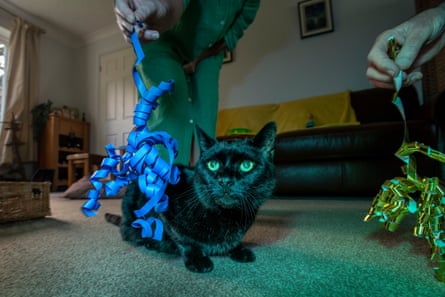
Day three
In search of inspiration, I surf social media and stumble upon Merv the Cat. Once a stray in LA – discovered in a forsaken theme park, infested with ants and drinking detergent – she has transformed into an internet phenomenon, with 2.6m TikTok followers, her line of stuffed toys, and a Hollywood agent. “I can proudly say I met my cat’s agent in Beverly Hills,” her owner Chad Jamian, an actor, shares with me over Zoom. “I haven’t even encountered my own agent there, I think.”
Merv’s account thrives on absurd humor. Many of her most popular videos depict a romance with Jamian’s perpetually shirtless gardener, Charles, or highlight her ability to produce chilling meows. Unfortunately, lacking a hot gardener of my own, I record Olly meowing, adding what I consider to be “clever” captions, portraying him as a spoiled aristocrat demanding boxes. When it fails to ignite social media, Jamian’s earlier advice resonates: “Set your ego aside.”
Day four
In the morning, Olly dramatically collapses onto the floor, and I can empathize. However, his minor act of resignation sparks an idea. “You can’t foresee the strange things that people resonate with,” Wardle reminds me. “Moreover, it should be an enjoyable pursuit; you’re not aiming to work your cat to exhaustion.”
Could Olly’s “flop” be our breakthrough moment? After all, others have amassed entire followings from a solitary quirk – a large portion of Organic Nature Channel’s 146,000 audience is dedicated to nothing beyond his two cats loafing. Gaining courage, I share Olly’s second flop of the day. The post flops. I flop. Olly yawns.
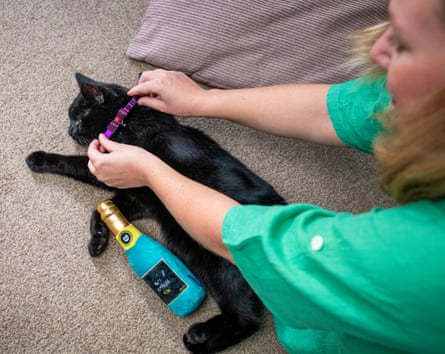
Day five
Occasionally, less is more, so I revert to Niki’s recommendation. “What I hoped to create was simply a bit of joy,” she states. “People tend to stress over achieving perfection, but it’s unnecessary. If it’s overly refined, then it’s too refined.” Niki’s two most popular TikToks? Brief videos celebrating Lola’s 19th and 20th birthdays – nothing elaborate, just sheer happiness.
I reluctantly admit, I have no clue when Olly’s birthday falls. However, I do feel content when Olly dashes towards me as I exit the car after a day out. I like to imagine he misses me, although maybe he’s merely irritated that I’ve forgotten his birthday again. The clip I share on social media performs somewhat better than my earlier efforts. Still no brand partnerships, though.
Day six
On a quiet Friday, I inexplicably find myself “rebranding” Olly. I have not fully adopted Niki’s suggestions, and the results are clear. After a brief review, she urges me to modify the account’s name and reminds me of Olly’s unique selling propositions, which I have thus far overlooked.
It works, in a way. Olly – now “The Black Senior Rescue Cat” instead of “The Average Cat” – receives his first-ever comment on TikTok. “Olly, you are a very handsome boy,” one commenter writes. I refrain from revealing this to Olly, though: I’m afraid he’ll want to replace me with a Beverly Hills cat agent.
Day seven
Having found an audience – albeit in its infancy – the crucial point, Niki suggests, is to continue posting similar content. “You need a distinctive style and to be consistent with it, as your audience will expect that,” she explains.
Taking her advice to heart, I upload another video of Olly enthusiastically sprinting towards me (now in the garden), and to emphasize his unique selling points, I craft a caption encouraging people to consider black senior rescue cats. Perhaps not surprising, it turns out to be Olly’s most successful video to date, receiving over 1,000 views. It feels like a minor victory, even though it’s small change in the realm of social media.
By the end of the week, Olly has fewer followers than my neighbor, with 106 on TikTok and 15 on Instagram, one of whom happens to be his veterinarian. I mainly bear the responsibility for this, as usual. Niki mentions that she “thrives” on content creation. I do not.
While monetary rewards and internet stardom are attainable for cat influencers, there are downsides as well. With millions of followers, Jamian reveals to me that maintaining Merv’s account can be “less enjoyable and more challenging.” “Trial and error to find what resonates isn’t a luxury any longer [when you have an audience],” he says. “Now it’s about figuring out those one, two, or three elements that people truly love to achieve those big numbers.”
Even within the seemingly innocent domain of cat influencing, trolls are a reality. Jamian confesses he’s mindful of how he portrays Merv on screen for fear of being labeled “a negligent cat parent.” “The internet will remain the internet, regardless,” he sighs. “And you must be prepared for that. You can’t satisfy everyone.”
The potential for trolls, coupled with the pressures of steering a cat-influencing empire, are sufficient for me to leave Olly’s social media channels inactive. Realizing this, he rolls over on the floor beside me, seemingly in agreement. My online inadequacy – unrefined, even with expert assistance – may have thwarted Olly’s final opportunity for fame and wealth. But as he leisurely moves to his Amazon box and settles inside, I feel he’s far happier than he would be on a movie set or magazine shoot, anyway.

